 10 Iconic NYC Foods: Where To Go and What To Order
10 Iconic NYC Foods: Where To Go and What To Order
When it comes to good food, New York City has a lot on its plate. Culinary trends ranging from the cronut — a…
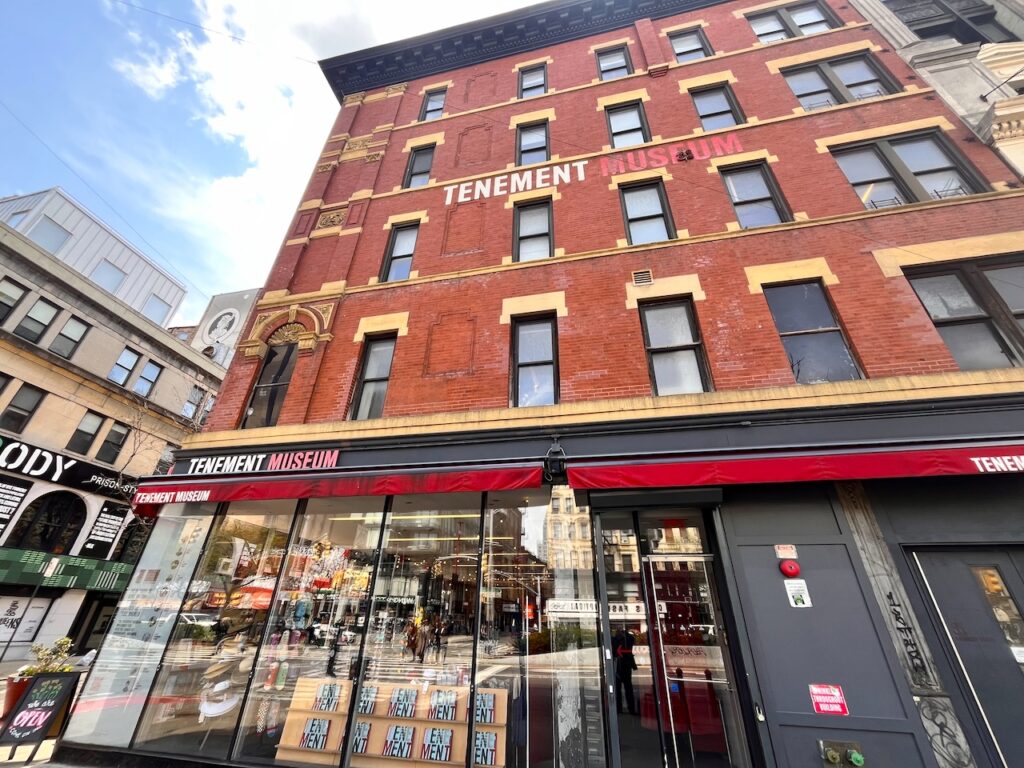
New York City is a world-renowned destination for many attractions, including its famous museums. You might have already heard about the Metropolitan Museum of Art, the Museum of Modern Art, or the Intrepid Sea, Air & Space Museum, which are among the most popular and top-rated museums of NYC.
But you might be surprised to learn there are quite a few lesser-known NYC museums that aren’t visited as much yet are still fascinating to explore and well worth an afternoon. So we’ve compiled this list of 12 unique museums worth visiting in New York City.
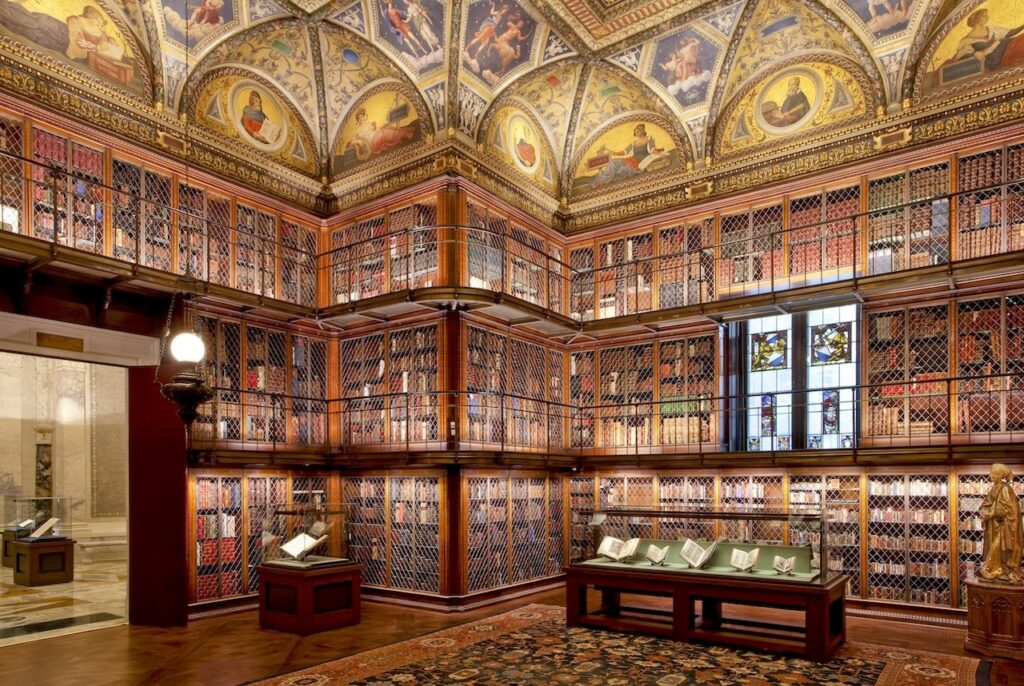
Where to find it: 225 Madison Avenue at East 36th Street, New York, NY 10016
The Morgan Library & Museum originally was the personal library of J.P. Morgan, one of the most influential financiers and investment bankers of the Gilded Age and beyond. In 1924, his son, J.P. Morgan Jr., turned the remarkable library into a public institution. The museum houses extraordinary manuscripts, exceptional books, ancient artifacts, and drawings.
As the collections grew, the building was expanded and renovated in 2006. The current design incorporates three historical buildings (the original one, the 1928 Annex building, and the mid-19th-century building).
Where to find it: 1230 Fifth Avenue at East 104th Street, New York, NY 10029
El Museo del Barrio is a small museum founded more than 50 years ago by Raphael Montañez Ortiz and a group of Puerto Rican artists and activists who shared an interest in the promotion of Latino culture. The museum collection includes about 8,000 objects from Latin American, Caribbean, Latino, and pre-Columbian cultures.
The museum showcases Taino artifacts, traditional pieces of art, drawings from the 20th century, paintings, prints, installations, and sculptures. If you’re interested in modern and urban pop art, this is an excellent spot for you to stop by.
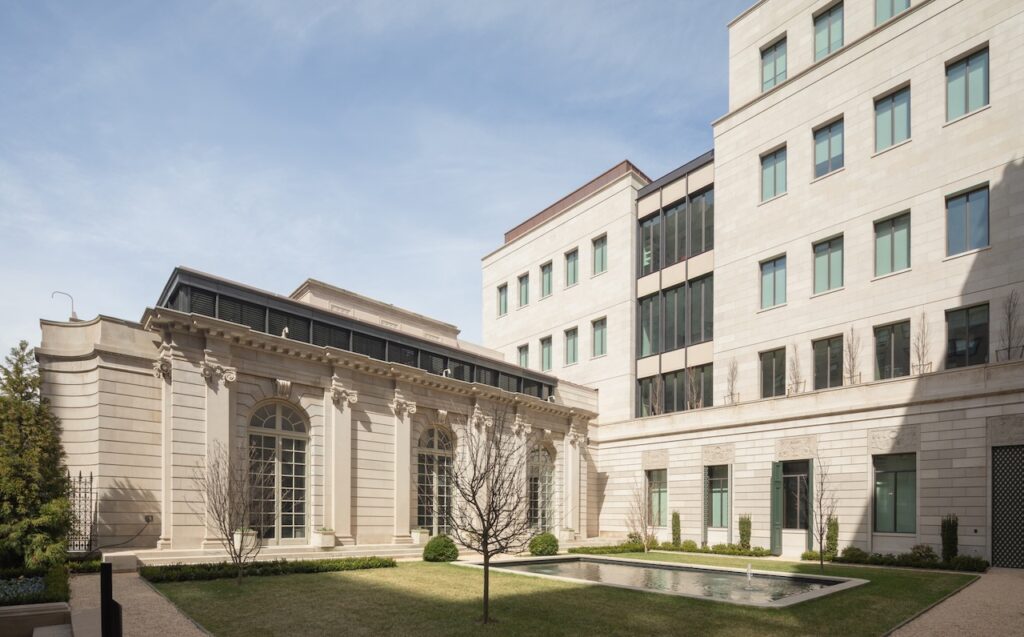
Where to find it: 1 East 70th Street at Fifth Avenue, New York, NY 10021
The Frick Collection, which reopened in April 2025 after a $330 million renovation project, is a premier museum and research center incorporating old master paintings (European paintings before 1800) along with sculptures and decorative pieces of art reflecting European cultural diversity. The museum, located inside a Gilded Age mansion, was founded by Henry Clay Frick in 1935 and has been exhibiting works of art since then.
The primary mission of the museum is to preserve and exhibit its collection of magnificent paintings and sculptures. The institution also provides access to exclusive publications and offers visitors research opportunities through various public programs. Moreover, the museum grounds include several gardens, a portico, and a café opening in late spring.
You can visit the Frick after this list of things to see and do in Central Park.
Where to find it: 2 Hylan Boulevard at Edgewater Street, Staten Island, NY 10305
Alice Austen House is a house-museum dedicated to Alice Austen’s life and photography. Austen (1866-1952) was one of America’s first female photographers to venture outside a studio. Her work captured compelling real-life moments in the lives of New York’s immigrants and Victorian women as well as her own travels. She took more than 7,000 images, including original photos of the interior and exterior of her family house. The presence of these photographs made it possible to accurately restore the Victorian Gothic cottage to its original form.
The Alice Austen House is also a significant site of LGBTQ history due to Austen’s decades-long relationships with her life partner, Gertrude Tate, and other women, which were central to her work.
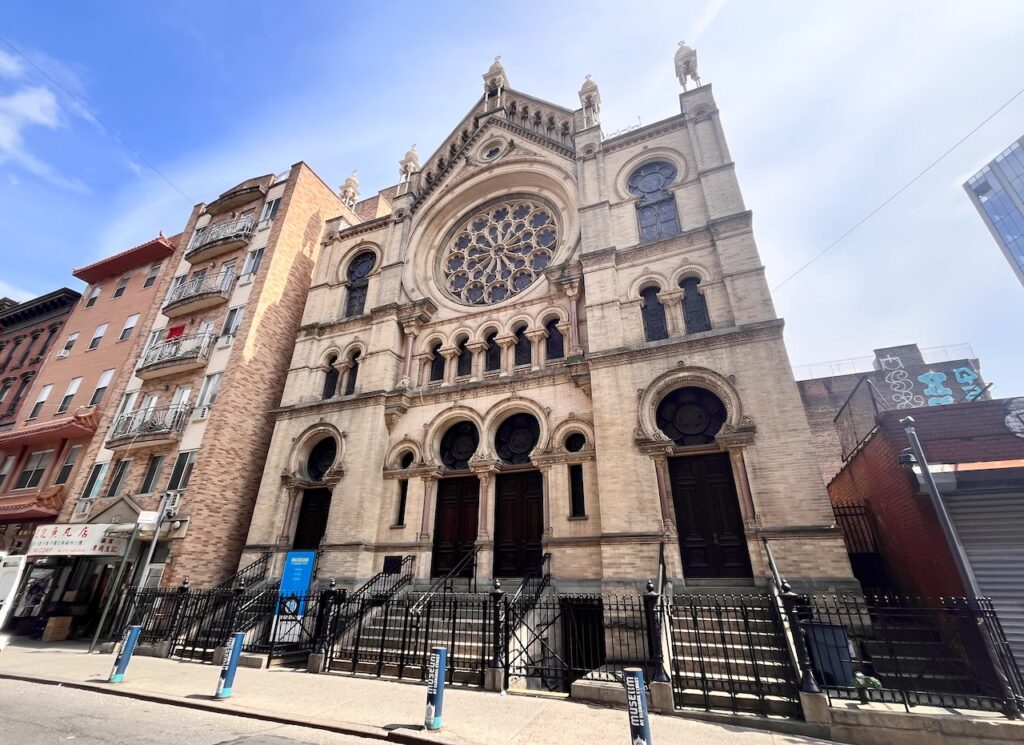
Where to find it: 12 Eldridge Street near Canal Street, New York, NY 10002
The Museum at Eldridge Street is located inside the Eldridge Street Synagogue, which is considered one of the most spectacular national historic landmarks in New York City. Initially built by Jewish immigrants and opened in 1887, the synagogue fell into disrepair but underwent a 20-year restoration. The museum chronicles the Jewish migration from Eastern Europe to America.
The museum hosts tours, cultural events, and educational programs that promote awareness of Jewish immigrant life and culture. The museum is regarded as one of New York City’s hidden treasures.
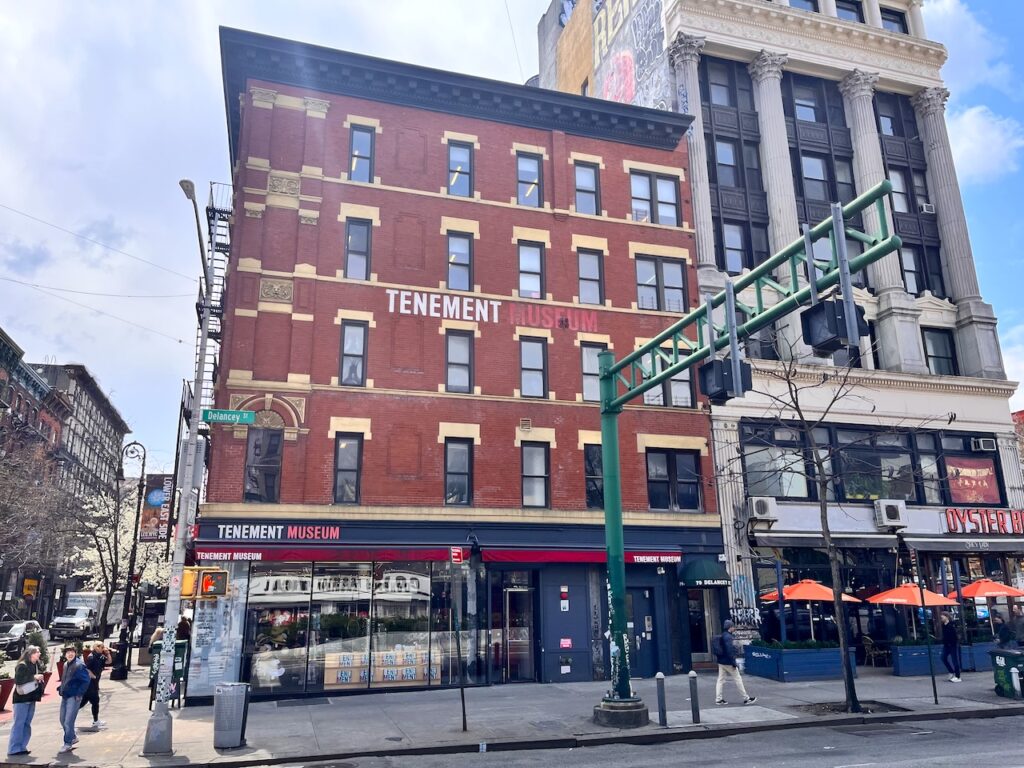
Where to find it: 103 Orchard Street at Delancey Street, New York, NY 10002
Opened in 1988, the Tenement Museum tells the stories of working-class immigrant, migrant, and refugee families that came to New York City’s Lower East Side. The museum hosts tours, experiences, events, and virtual exhibits and programs.
The stories aren’t abstract: The museum — housed inside a pair of restored historic tenement buildings — shares details about actual families that lived there and then enhances those with stories and artifacts about shopkeepers, landlords, and neighbors in the area.
You can easily fit in visits to the Tenement Museum and the Museum at Eldridge street either before or after our SoHo, Little Italy, Chinatown Walking Tour.
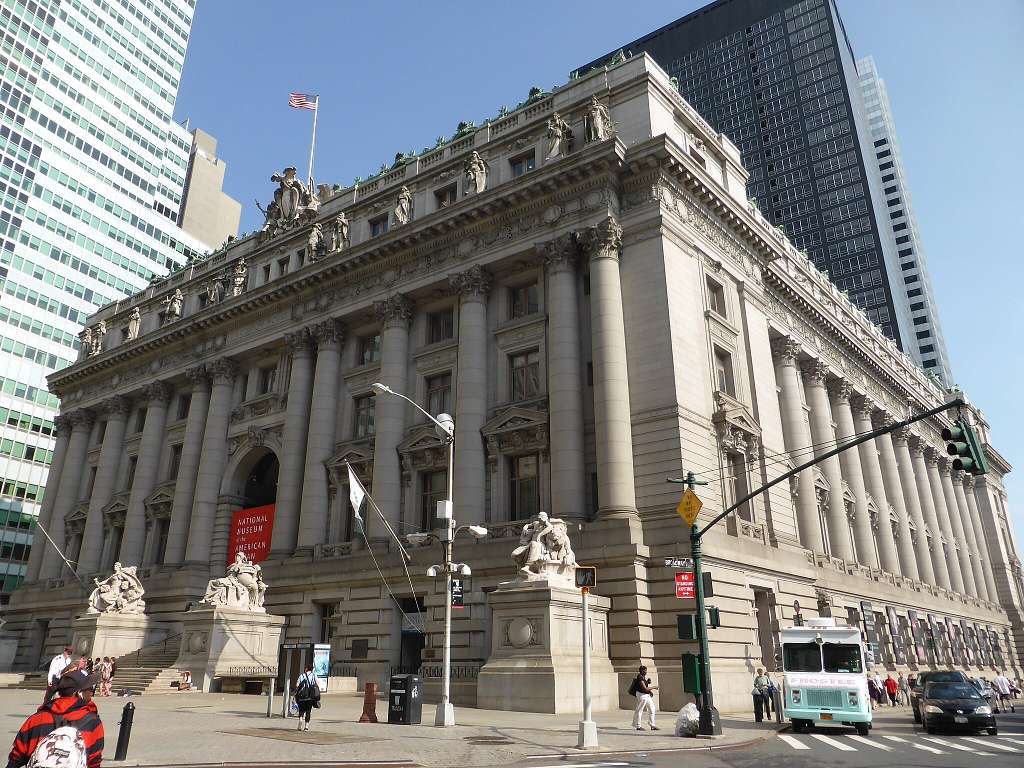
Where to find it: Alexander Hamilton U.S. Custom House, 1 Bowling Green, New York, NY 10004
Wait, New York City has a Smithsonian museum? It sure does — two in fact! (See next item.) While the National Museum of the American Indian’s flagship facility is located in D.C, this smaller but terrific branch in Lower Manhattan is just steps from Battery Park (where you can catch one of our Statue of Liberty tours).
The museum hosts exhibitions, educational programs, performances, and more — all with free admission. Visitors with children 10 and older should make sure to experience the imagiNATIONS Activity Center, an interactive exhibit about scientific and technological innovations from Native Americans.
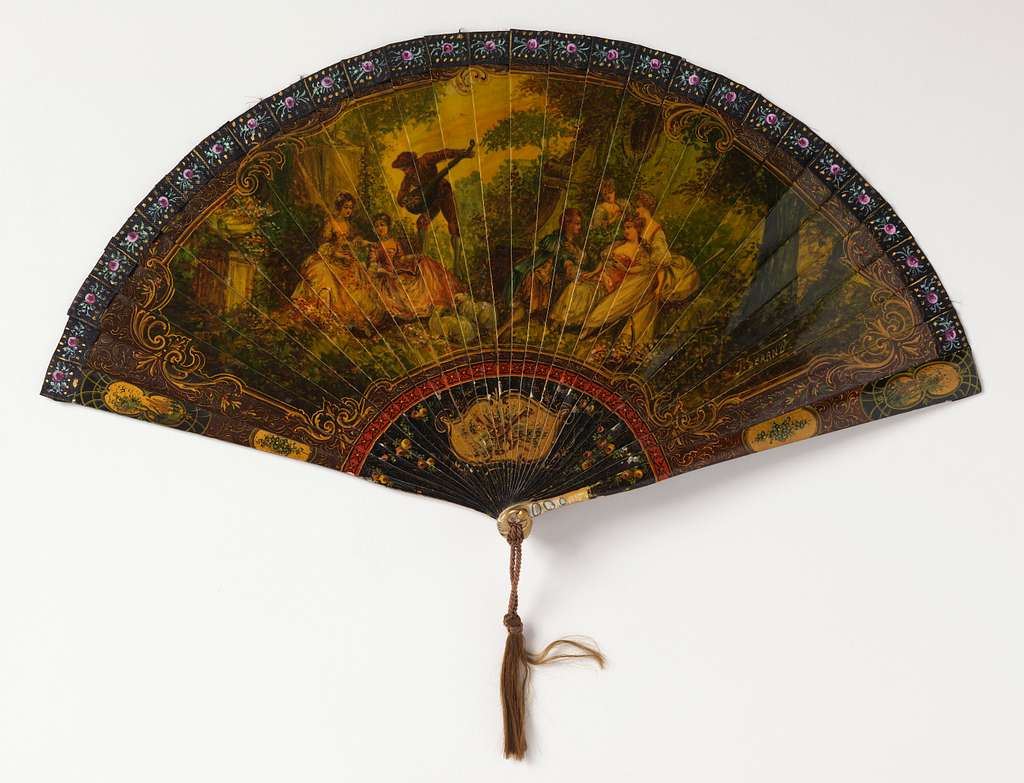
Where to find it: 2 East 91st Street at Fifth Avenue, New York, NY 10128
New York City’s other Smithsonian is Cooper Hewitt, which bills itself as the “only museum in the United States devoted exclusively to historical and contemporary design.”
The museum, located in the historic Andrew Carnegie Mansion, houses a massive collection of more than 200,000 design objects from ancient to contemporary times on four floors of galleries. The museum’s enclosed garden — itself a paragon of design — is not to be missed and periodically hosts exhibits and events.

Where to find it: New York City Building, Flushing Meadows Corona Park, Corona, NY 11368
The next three museums on this list are all located in the New York City borough of Queens, which is one of the most ethnically diverse urban places in the country.
The Queens Museum is located inside the expansive Flushing Meadows Corona Park, which is also home to the Unisphere (pictured above), Citi Field (where the Mets play) and the annual U.S. Open tennis championships. The park is also a stop on our NYC Bus Tour of Brooklyn, Bronx, and Queens.
Its best-known exhibit is The Panorama of the City of New York, a stunning 1:1200 scale model of the entire city originally built for the 1964-65 World’s Fair and updated several times since.
Local tip: The museum offers pay-what-you-wish admission to remain accessible to all visitors.
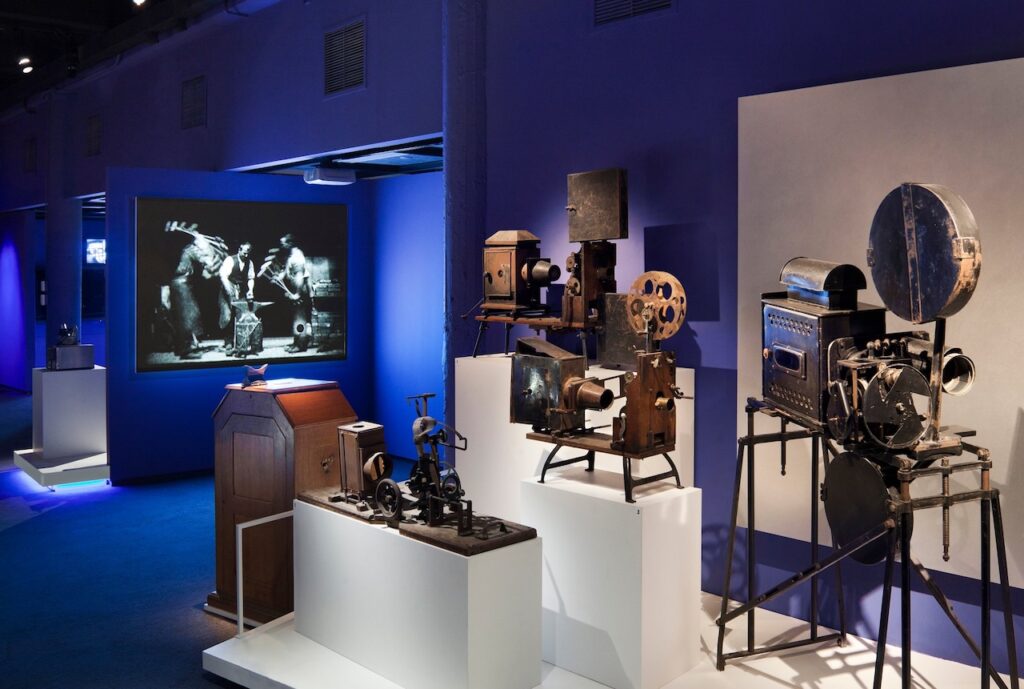
Where to find it: 36-01 35th Avenue at 36th Street, Astoria, NY 11106
The Museum of the Moving Image, aka MoMI, in the trendy Queens neighborhood of Astoria, celebrates film, television, video games, and other types of digital media through exhibits, screenings, live conversations, educational programs, online projects, and more.
“Screens are all around us. We use them to educate, entertain, and communicate,” the museum states on its website. “With exhibitions and screenings on the art, history, technique, and science of the moving image, MoMI presents the real and imagined worlds of our past, present, and future.”
The museum offers special tours and programs, including a number of family-friendly activities.
Where to find it: 9-01 33rd Road at Vernon Boulevard, Long Island City, NY 11106
Not far from MoMI you’ll find the Noguchi Museum, the only museum in the United States created by an artist in their lifetime to showcase their own work, according to its director (as shown in the video above). That artist was Isamu Noguchi (1904-1988), an acclaimed American sculptor. Noguchi was born in the United States and grew up here and in Japan, his father’s homeland.
The two-story museum, founded in 1985 and housed inside a 1920s industrial building, features 27,000 square feet of exhibition space, which includes a sculpture garden. The museum offers daily tours in English as well as periodic tours in Spanish and Japanese.
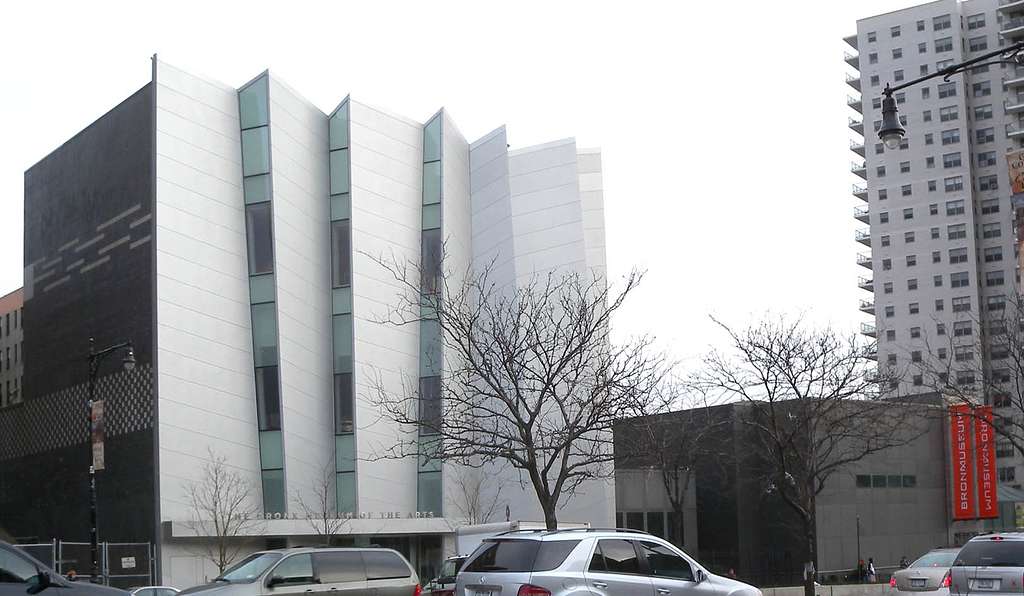
Where to find it: 1040 Grand Concourse at East 165th Street, The Bronx, NY 10456
Located just a few blocks from Yankee Stadium, the Bronx Museum of the Arts, founded in 1971, showcases contemporary art reflecting “the borough’s dynamic culture, spirit, and tenacity,” according to its website. The museum’s programming focuses on artists whose identities and work “reflect the lived experiences of people residing in the South Bronx.”
The museum, which is always free to visit, remains open while it undergoes a $44 million renovation scheduled to be completed in 2026. Exhibits, educational programs, and special events are offered in both English and Spanish.
If this list seems overwhelming, keep in mind that many of these museums aren’t very large. If one or two happen to be close to your existing route of exploration, add them to your itinerary.
Alternatively, pick the one that will take you outside of the usual tourist haunts so you can get to know a different neighborhood, or even an entirely different borough, of this great city.
And don’t forget to hit up the gift shop!
 10 Iconic NYC Foods: Where To Go and What To Order
10 Iconic NYC Foods: Where To Go and What To Order
When it comes to good food, New York City has a lot on its plate. Culinary trends ranging from the cronut — a…
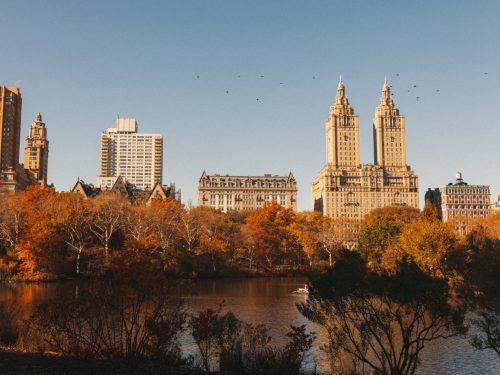 11 Photo-Worthy Things To See and Do in NYC’s Central Park
11 Photo-Worthy Things To See and Do in NYC’s Central Park
Central Park is my favorite park in the entire city. Whether you’re lounging on the lawn during the summer or frolicking in a…
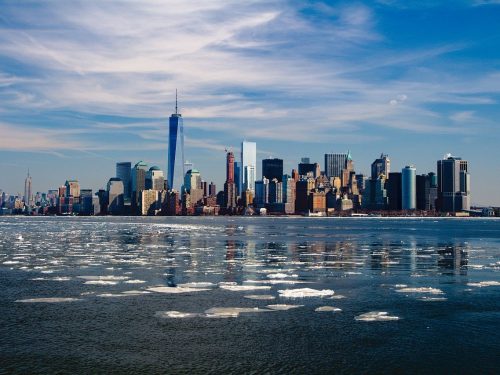 12 Attractions You Must Not Miss in NYC
12 Attractions You Must Not Miss in NYC
So you’re ready to explore New York! Whether you’re planning for a weekend or you’ve been here for years, there’s so much to…